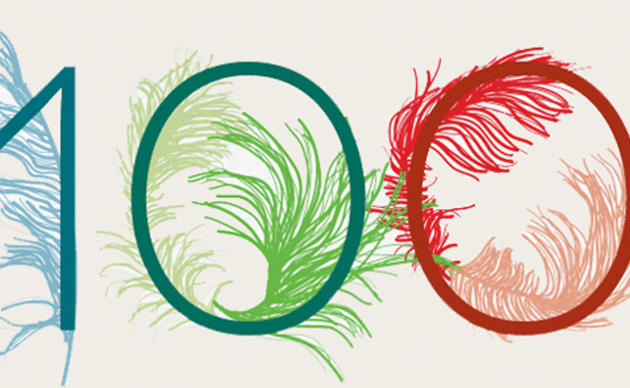Fall migrating birds may have differing tastes when it comes to food. But through the use of native plants you can still provide excellent sources of much needed energy while maintaining an impressive fall garden.
Insect and seed - eaters
The insect-eating birds tend to pass through early in the fall, in late August and September, when food is still abundant. They will search for tiny critters in all the trees and shrubs we recommended for spring migrants, and others. When trees begin to drop their leaves, birds will shift to grassy areas such as prairies and savannas, which still harbor insect food.
Prairies are important for fall migrants because insects are active there longer, and also because they are full of nutritious seeds for seed-eating birds. A diverse garden with native flowers and grasses which flower or bear seed in fall will be heartily appreciated by fall migrants.
Some native prairie plants to consider (for full sun):
Flowers: Native prairie asters, many goldenrods*, coneflowers, sunflowers, blazing stars, prairie dock, compass plant, rosinweed, spurge, vervain, black- brown-eyed susan, hyssop, Culvers’s root
Grasses: little bluestem, prairie dropseed, sideoats grama, porcupine grass
*Goldenrods do not cause allergies – ragweed does. There are many lovely goldenrods – however - beware – do not plant tall goldenrod, solidago altissima, in your garden – you will never get rid of it.
If you do not have the full sun that a prairie needs, a native woodland garden will also serve.
Flowers: native woodland asters, goldenrods, sunflowers, joe pye weed, cup plants (beware - these last two tend to take over), ferns, brown-eyed susan.
Grasses: bottlebrush, wild rye, woodland brome
Note: Many garden centers sell cultivars of natives, which may not attract wildlife as well. A native plant nursery may be the best place to get the kinds of local native wildflowers that will do the best job of attracting friendly insects and the birds that weant to feed on them.
Fruit-eaters
Many birds switch to berries in the fall. Some people are tempted to plant non-native berry bearing plants for birds. Natives offer a lot more value. They provide insects in the spring as well as berries in the fall. Here are some that birds love:
- Viburnums: Arrowwood, nannyberry, withered, blackhaw
- Elderberry
- Virginia creeper, wild grape
- Spicebush
- chokeberry
- Winterberry – acid soils
- Hawthorns
- Red cedar
- Alternate-leaved dogwood
- Northern mountain ash
- Ninebark
- Illinois Rose
Some flowers also have great berries in fall. Try pokeberry but be advised, it's a bit wild-looking, and may not be suitable if you have a formal garden. Solomon’s seal and baneberry work well in a woodland garden.
Nectar Drinkers
Hummingbirds need nectar in fall as well. Orange jewelweed is a great favorite of theirs. A bit of a garden pest, it takes over bare areas but yields easily to cultivation. Blazing star, lobelia and turtlehead may be easier to control.
Ways You Can Help
Join A Chapter
Audubon chapters create a culture of conservation in local communities through education and advocacy, focusing on the conservation of birds and conservation of important habitats.
Donate to Audubon
Help secure the future for birds at risk from climate change, habitat loss and other threats. Your support will power our science, education, advocacy and on-the-ground conservation efforts.




